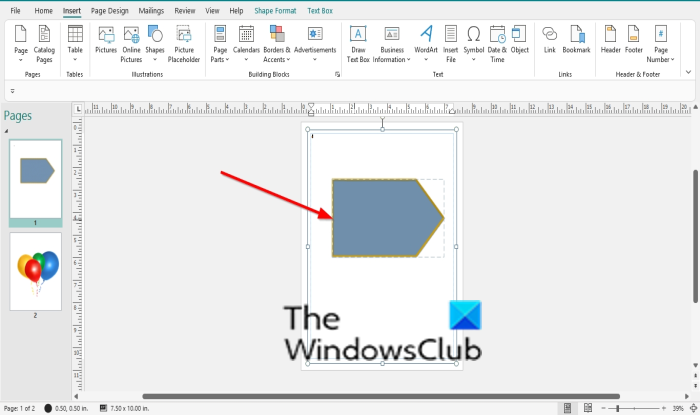

(Note: To dock panels together, drag the panel that you want to appear on the bottom near the base of any panel, and when you see a blue line appear, release the mouse button.) Click-and-drag each panel to the left of the artboard and arrange them into a single toolbar. For maximum efficiency when designing our font monster, you’ll want the Pathfinder panel (Window>Pathfinder), Swatches panel (Window>Swatches), and Glyphs panel (Window>Type>Glyphs) open and within easy reach. Also, be sure to check out Jonathan Yules’ original Helbotica font monster ( which inspired this tutorial.Ĭhoose File>New to create new A4-sized document. And if you’re adventurous, you can try out the Pathfinder panel, as well.

HOW TO CREATE A GLYPH HOW TO
What you do with it after that is entirely up to you! You’ll learn how to use the Glyphs panel and how to outline, resize, and rotate fonts.
HOW TO CREATE A GLYPH UPDATE
Update : Changed a misleading wording and added a missing word.Need a monster to gain world domination? In this tutorial, we’ll teach you how to create a font monster entirely out of a single typeface. Make new glyph at the end of glyphs with properties The same thing in AppleScript would look like this: tell application "Glyphs" More info on this, and lots of other Python-related stuff, can be found on.

HOW TO CREATE A GLYPH CODE
So, you can replace the first two lines of the code sample with myGlyph = GSGlyph("estimated"). You can then proceed to access myGlyph’s layers, etc.Īlternatively, you can create a GSGlyph object with the name right away. Sounds complicated? Nah, here is a Python sample that should be self-explanatory: myGlyph = GSGlyph() 001, and replace it with the intended suffix:įor the scripters among you, you can easily create a glyph by instantiating the GSGlyph class, and appending the GSGlyph object to the glyphs of a GSFont object. In the dialog search for the suffix of your duplicates, e.g. To quickly change the suffix of the new duplicate glyphs, keep the selection, and choose Edit > Find > Find and Replace… (Cmd-Shift-F). After their creation, the duplicate glyphs are selected automatically for further processing. 001 suffix, or, if that suffix is already taken. Glyphs will then create copies of the selected glyphs with a. For a complete list of features, and how to trigger them, see the Appendix of the Glyphs Handbook.Ī quick way to create glyph variants is to select one ore more glyphs, either in Edit or Font view, and then choose Glyph > Duplicate Glyph (Cmd-D). Tip: Glyphs can automate the code for some OpenType features based on the glyph name suffix. E.g., the first stylistic set variant of adieresis would be called adieresis.ss01. The dot suffix usually reflects the name of the OpenType feature. Since glyph variants usually do not have a Unicode value assigned, and therefore cannot be typed, they have to be accessed through an OpenType feature, a stylistic set for instance. Adding glyph variantsĪlternate glyphs are supposed o carry the same name as the respective original glyphs, except for an additional dot suffix. In other words, they help you create fonts with consistent glyph sets, or sync the glyph sets across multiple files. The common advantage of all these sidebar entries is that they are available in all Glyphs files. When you pick glyph names, make sure they are valid.

If you had selected any glyphs, of course. Glyphs will pre-fill the dialog with the names of the glyphs that you had selected.


 0 kommentar(er)
0 kommentar(er)
